Changing the color of your hair is always a complicated task, especially if your tresses have already been dyed before. And if it is more or less clear what colors can be used for covering natural shades like brown or red, with unnatural colors like blue everything may seem way more difficult.
So if you currently have a blue mane and you would like to shift to another color, this guide will be quite useful for you. In this article, we will tell you what colors cover blue hair better than others and how the shade of your blue will affect the new dye choice.
In addition, you will get a detailed guide on how to cover blue hair at home correctly.
With all these tips and life hacks, you will be able to redye your blue hair quite easily yourself and end up with a new mane!
Besides, with all the information that we are going to share with you today, it will be much easier for you to avoid some common mistakes that might lead to very unwanted and despairing effects (for example, the totally different color from what you expected).
What Color Can My Hair Be Dyed After Blue?
Dying over blue hair can hardly be called simple. To choose the new color correctly, you need to be aware of the basics of color mixing. Like that, you will know for sure what shade you will get if you cover blue with another color since not any color will work the same well on blue.
For example, it is not recommended to dye blue hair with colors that contain yellow tones since the effect might be quite unexpected.
At this point, you might be happy to learn that, when you are going to cover blue hair with the new color, there are actually not so many options to choose from. The best colors that can be used over blue include the following:
- Brown
- Dark brown
- Deep red
- Copper (and any shade that contains orange tones)
- Purple
- Black
But even if you know what color cancels out blue, it is not enough for the successful hair coloring session! It is also important to know whether the blue you are going to cover is light or dark and whether it is simply colored or bleached.
In some cases, for instance, when you don’t want to remove the previous color, you might consider coloring your hair black. But of course, this is not a universal option since black doesn’t suit everyone.
In general, blue is known as a very stubborn color to apply to your mane since it is rather hard to remove afterward! Perhaps, it is only green and also red that can be considered even worse.
This is why, before you choose the dye color that you will apply to neutralize your blue, we recommend you check out the chart below. In this chart, you will find the explanation of how different shades of blue react to distinct dye colors, and what color you will get in the end.
As you can see, it doesn’t matter what shade of blue – dark, medium, or light – you have right now on your head. The final color will not differ a lot. However, we would still recommend you ask a professional hair stylist for help if you are going to shift from blue to another color.
With expert help, you will be able to choose the most suitable color for yourself and avoid any sad mistakes that might ruin your chevelure.
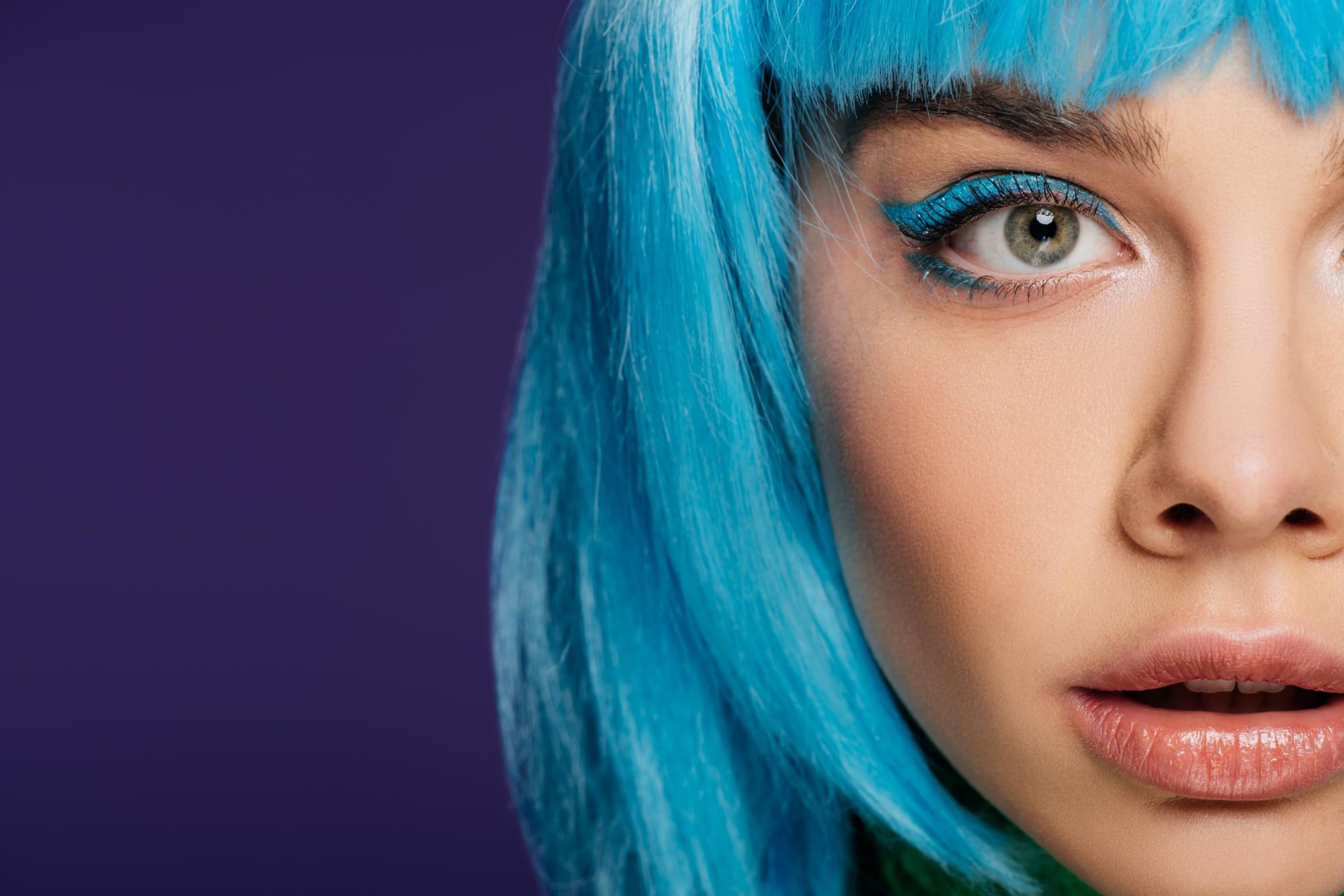
Nuances Of Dyeing Blue With Another Color
So, you are now aware that the blue color can be neutralized with several other colors that include black, brown, deep red, and purple.
However, not everyone knows that each of these colors have certain specifics and nuances that may influence the application process and the final shade. This is why we suggest you read on and find out what things you should keep in mind when considering one of these colors.
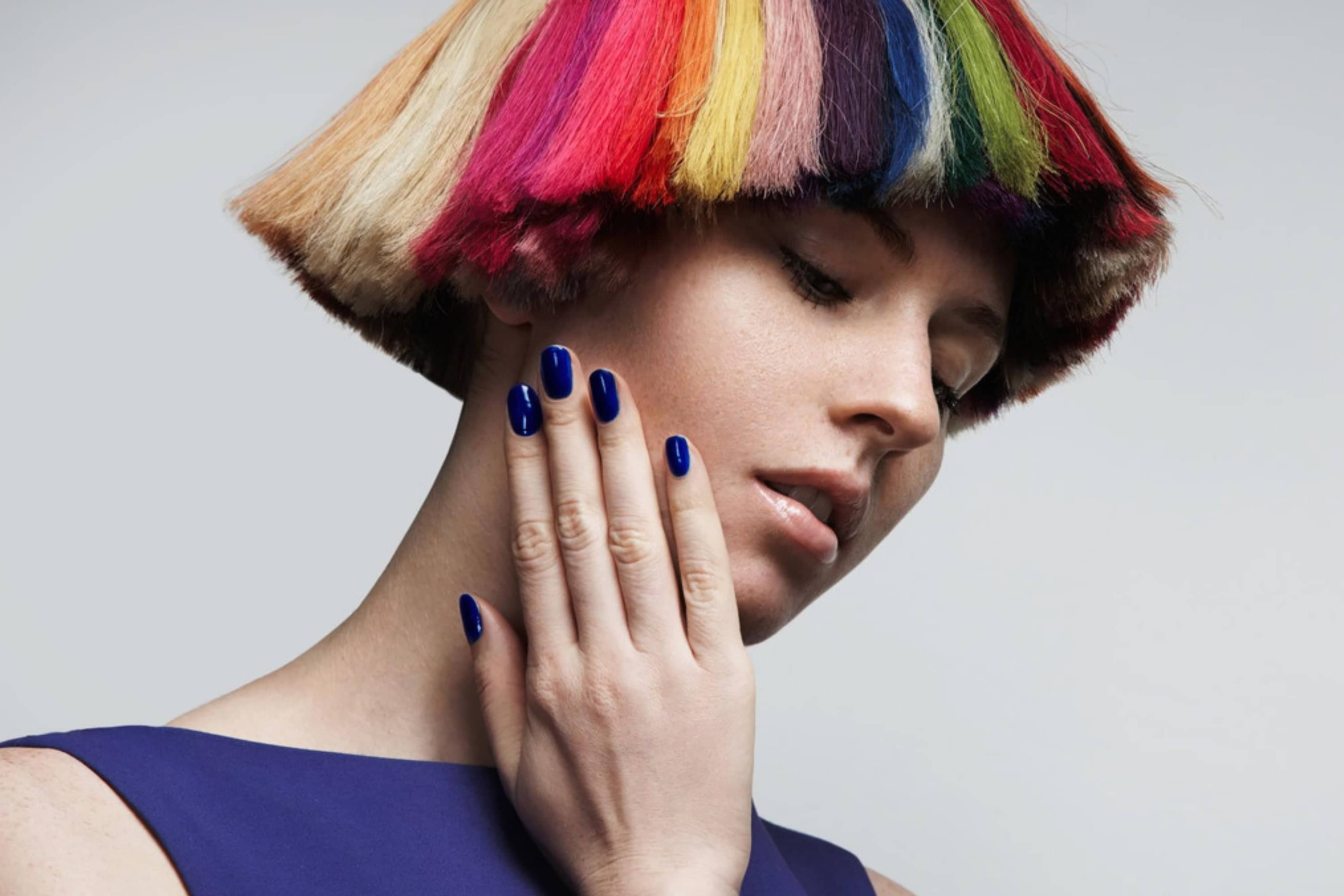
Brown
Brown is one of the good colors to dye your blue hair because the brown tones are usually rather deep, which enables them to hide the blue marks on your strands.
In addition, brown color is based on blue, which means that you can relatively easily switch from one color to another. And finally, the best part about the brown shades is that applying brown color to the blue hair needs no bleaching!
Of course, even such a versatile and easy-to-apply color as brown has certain downsides that one should be aware of. For example, it is recommended that you wait before the repeated application in order to see if there is less blue pigment left on your tresses.
Also, if your hair was initially dyed with a dark-blue shade, for redyeing, you should opt for a permanent hair color since it will cover the blue tone easier.
But on the other hand, permanent dyes may contain ammonia. This component makes the dye stronger but at the same time, it also causes serious damage to your hair!
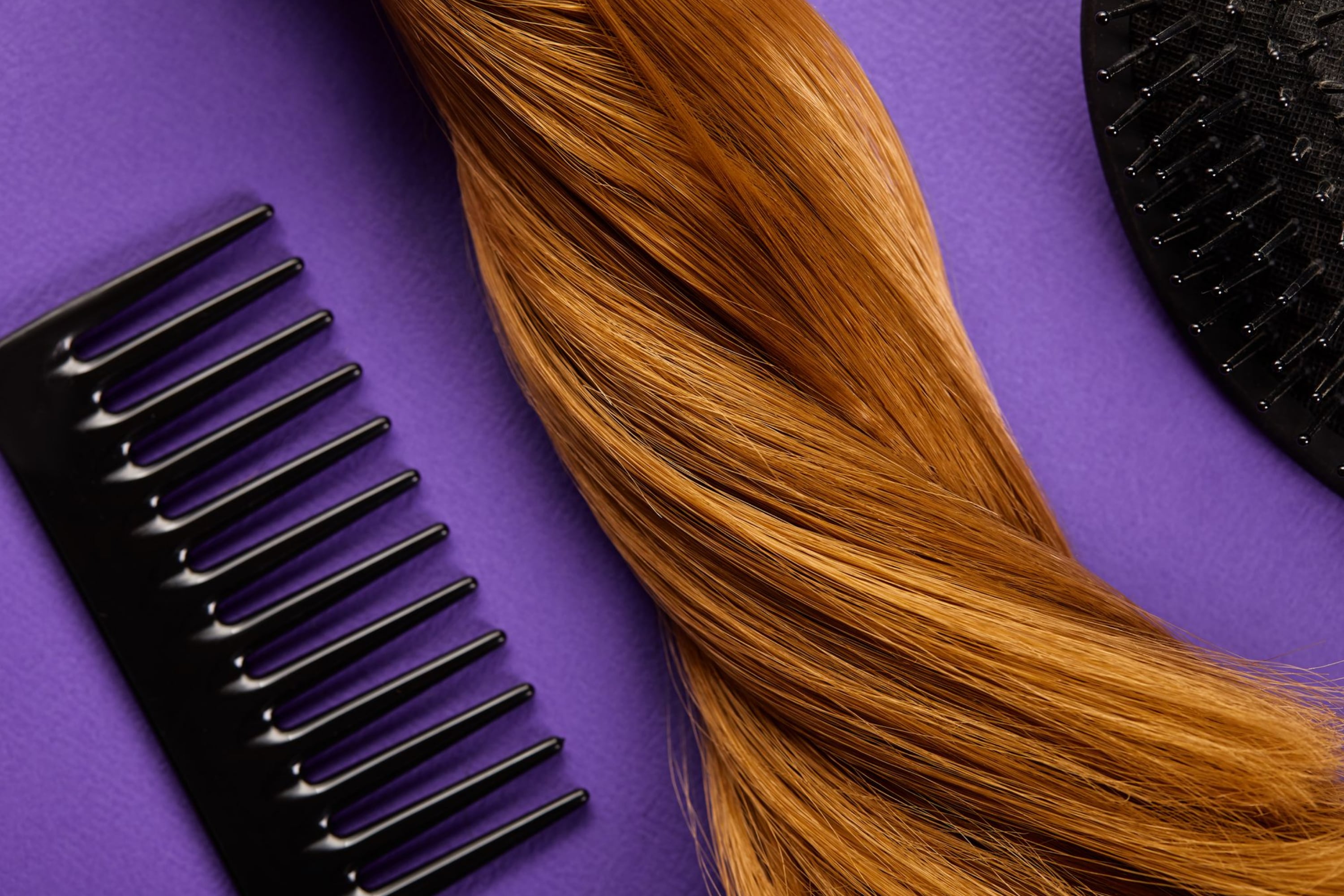
Red
In order to neutralize any shade of blue on your head, it is best to opt for darker shades of red. But in any case, before you start applying the red dye, make sure that you take the following nuances into consideration:
- How deep is your current blue color
- How deep is the red dye that you are going to use
- How strong the blue on your hair
For example, if you currently have dark blue hair and you want to redye it red, first of all you need to fade that blue out of your mane.
Red hair dye should not be applied directly to the dark blue color! Otherwise, if you do so, you will end up with the purple chevelure.
Also, if you dyed your hair blue using a permanent color, it is mandatory to bleah it before you change the color to red. In case a semi-permanent blue dye was used, it is ok to make use of a permanent dark red to cancel the old color.
And of course, make sure that your mane is in a good condition before you dye it repeatedly! If your hair is too dry or somehow else damaged, it is important to nourish and revive it before you apply the new dye.
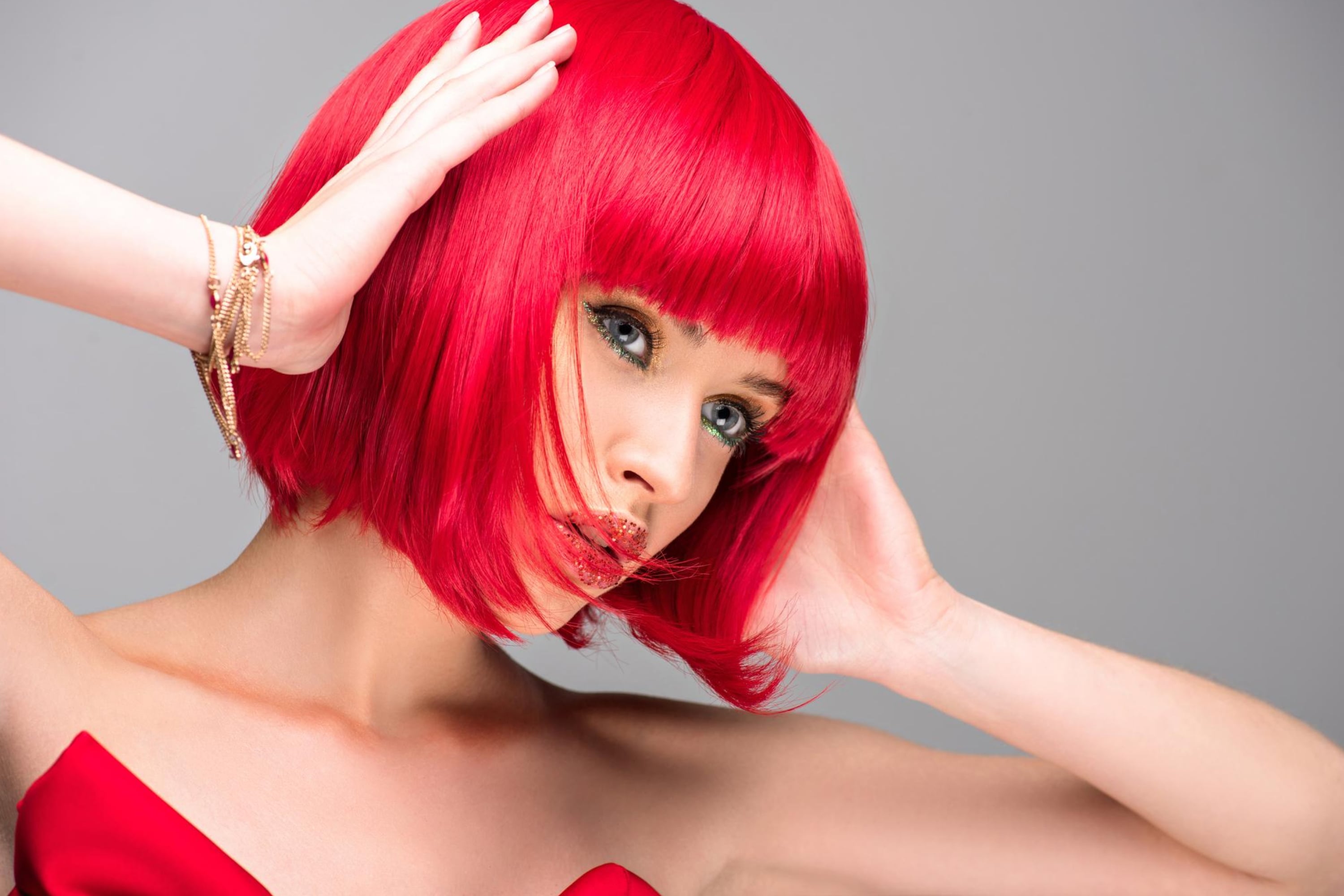
Black
Black is perhaps the easiest color to apply to your hair to shift from blue to another color simply because, when you dye your mane black, it becomes black! A very predictable result, which is good since you don’t have to worry that something might go wrong.
Perhaps, this is why quite many people consider black color some kind of their last chance when they want to get rid of blue. See,, it often happens that, when you try to remove blue several times, it fades to green. And that greenish tint then fades away very slowly.
In this case, applying the black dye is the only way to get rid of that green once and for all.
However, this is not the only positive feature of a blackdye color. This color also needs no bleaching before you apply it to your hair. But still, we would recommend you choose black that is based on red. Like this, you will conceal the blue tint much better.
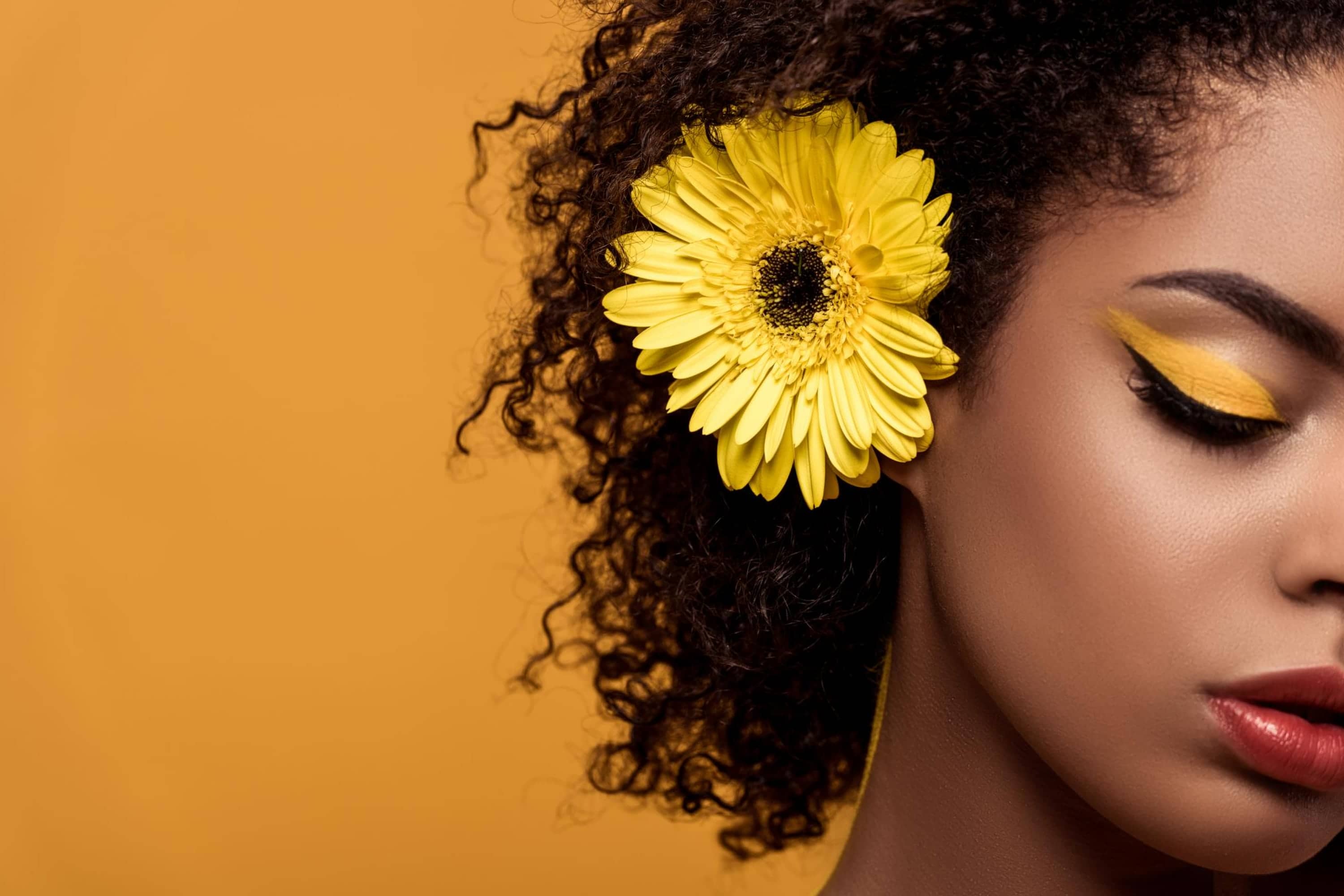
Purple
Purple might be a good option since it suits everyone, no matter skin tone or hair color. In addition, since purple is based on blue itself, it can be much easier to apply to your hair and for sure, it will give you way more predictable results!
The only thing that you should keep in mind is how deep your blue is and how deep the purple that you want to apply.
See, if your hair is dark blue and you dye it with a light purple, blue strands may show up through the new color. This is why you need to be very picky when selecting the shade of purple!
So, now you know what colors can be used in order to get rid of blue on your hair. There are several options available, so you will have at least some choice.
But anyway, even though the majority of these colors are quite easy to apply, you should read the dye application instructions carefully, and also it makes sense to consult an expert hairstylist. Like that, you will avoid any mistakes and flaws.
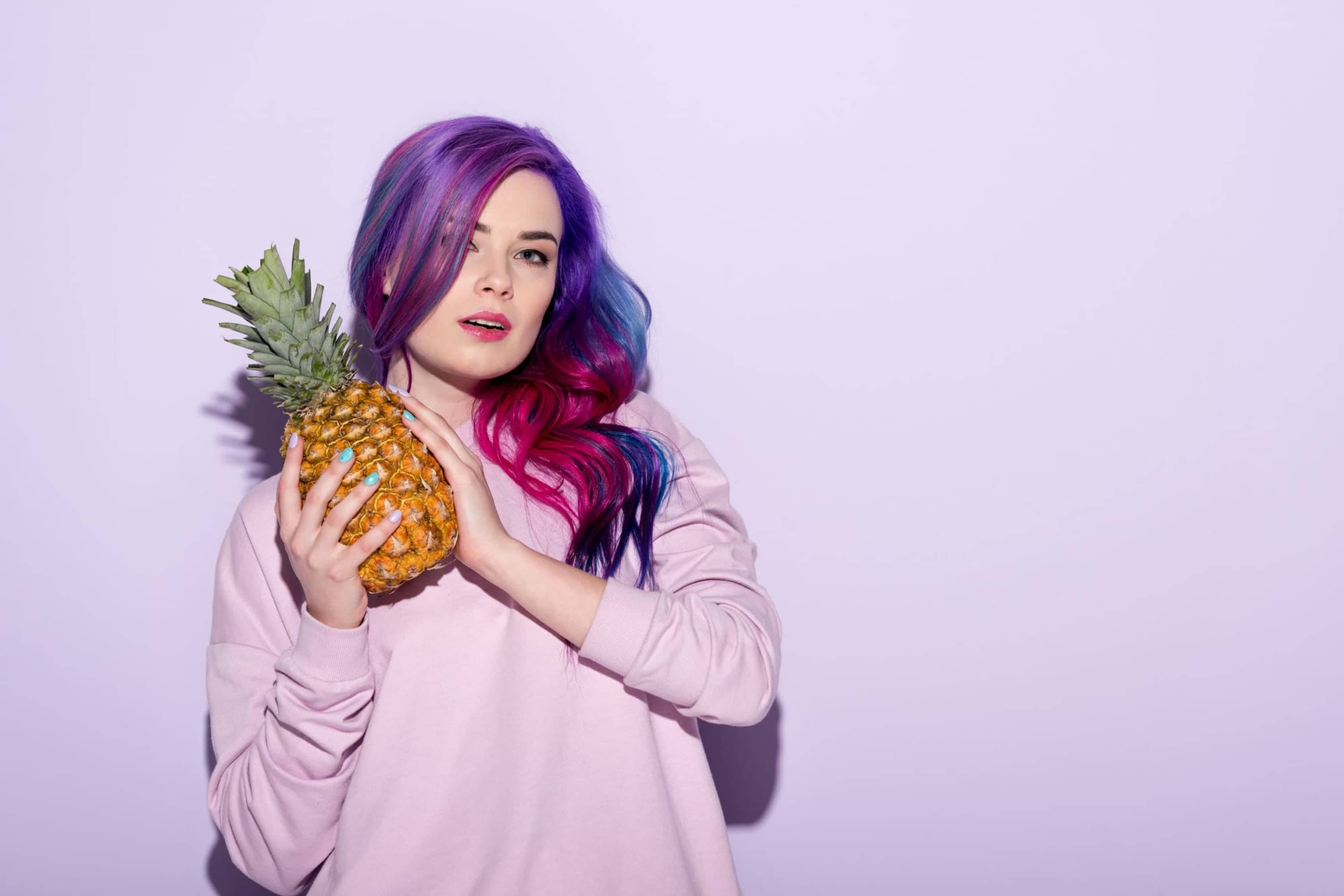
What To Consider When Picking A New Dye?
The dye you choose to apply over the current blue can make a lot of difference regardless of its color. For example, the majority of non-traditional colors aren’t permanent dyes.
This is why, if you are hoping to switch to a pastel pink or turquoise, for example, your choice might be limited to color-depositing shampoos and semi-permanent hair dyes only.
However, you should note that semi-permanent hair dyes are not meant for long-term hair color changes. These dyes cover the surface of the hair shaft and do not change the actual color of the hair. They can be great if you are looking for an easy-on, easy-off color option to try out a new look.
But if you want something long-lasting, you should consider opting for a permanent hair dye.
At the same time, permanent hair dyes rarely come in non-traditional colors. But this doesn’t mean you are tied to the traditional colors only! If you and your hairdresser are creative, you can try mixing permanent dyes up to create various colors and shades.
On the other hand, when it comes to traditional colors, permanent dyes come in numerous options of colors. It makes it possible for you to always choose between a permanent or a semi-permanent dye.
You only need to consider that permanent dyes often contain ammonia which is not good for your hair and can lead to its damage. This is why, if you are up to multiple color experiments with your mane, opt for semi-permanent dyes instead.

Valuable Tips For Dyeing Your Hair To A Vivid Color
You probably know that blue color can also be dyed with various vibrant colors, such as green, purple, or turquoise. But if you are craving some bright colors on your head, you might find the following tips very helpful:
- You’d better not use hair bleach when switching between two bright colors. If you bleached your hair before you dyed it blue, repeating the process would damage it severely
- Before you use the new color, it is best to wait for the blue to fade away as much as possible
- No matter what brand you use, bright hair colors will probably begin to fade after 4-6 washes
- Bright colors are usually meant to be applied to damp hair. However, always check the provided instructions before you start dyeing your hair!
With these tips, you will be able to select the most suitable dye color to neutralize your blue shade and in addition, you will know what to take into consideration before using it so that your hair won’t suffer.

How to Dye Over Blue Hair?
Ok, so you want to dye your blue hair and you even chose the new color. that’s great. But how exactly should the dyeing procedure go? Before you dye your hair blue, it is important to lighten it as much as possible. It will allow the new dye to attach to your hair thoroughly.
https://youtu.be/55SNYCM6RD8
Then, you can dye your hair blue and ensure that your color will be vibrant and long-lasting with the help of some useful techniques.
Make Your Hair Lighter
Start with a clarifying shampoo. Using it can help to remove buildup from your hair and make it easier to dye it. It can also help to remove leftover dye from the last time. You can find a clarifying shampoo in beauty supply stores and some drug stores.

Use a Color Remover
this option is only needed if you have dyed your hair before. If your hair still has dye leftover from the last time you colored it, then you may need to use a color remover to get your hair ready to dye.
Color removers do not bleach your hair, they just lift off the dyes and this may lighten your hair slightly. However, if your hair is still dark underneath the dye, then you will need to bleach it.
Bleach Your Hair If It’s Still Dark
If your hair is still dark after you use the color remover, then you will need to bleach it to ensure that your hair will look really blue when you dye it. You can bleach your hair using a kit from a drug or beauty supply store, or you can have it bleached professionally.
Deep Condition Your Hair to Repair It
After using color remover and bleach on your hair, it might be damaged and dry. To repair some of the damage, you can use a protein treatment or a deep conditioner. For deep conditioners, apply the conditioner to clean, wet hair and leave it in for a few minutes.
You might also want to wait for a few days before you dye your hair to give your hair a chance to recover from the chemicals.
Now that your hair is lightened and correctly prepared for the upcoming coloring session, you can proceed with the dyeing. Before you start applying the new dye to your mane, wash your hair first, but use no conditioner since it can make the dye adhere worse.
Also, make sure you protect your hands with gloves and keep your clothes covered as well to avoid any accident dye splashes. Now you can start.

Apply the Dye to Your Hair
When you have prepared the dye according to the instruction and you are ready to apply it, start coating your hair in sections. You may want to use some non-metallic hair clips to secure about half of your hair on top of your head so that you can apply the dye to the bottom layers first.
Start at the roots and work out towards the ends of your strands.
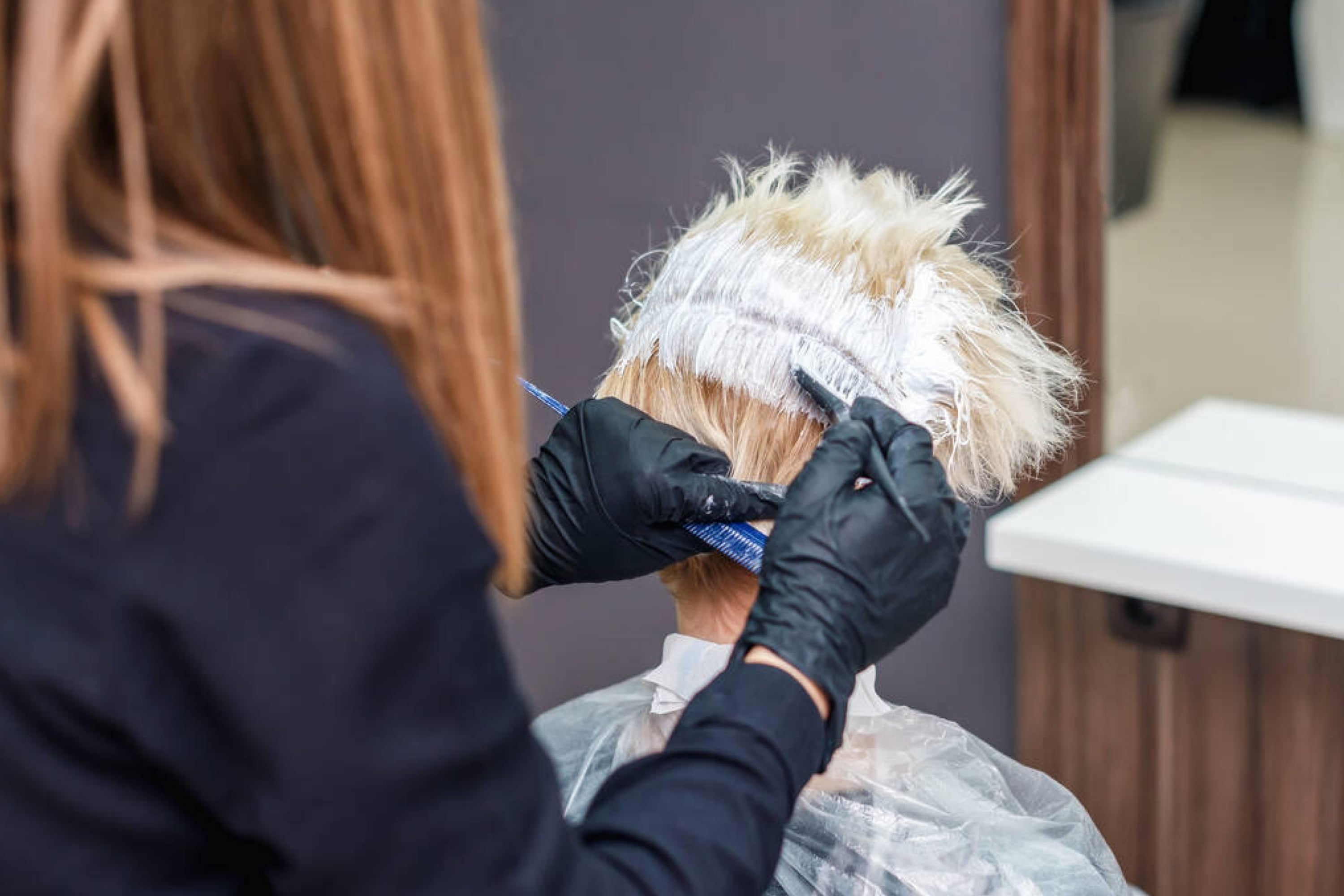
Let the Dye Sit
After you have coated all of your strands in the dye, put a shower cap or plastic wrap on and set a timer. The amount of time needed will depend on the type of dye you are using. Some brands can be left on for up to an hour, while others will only take about 15 minutes.

Rinse Out the Dye
After the time is up, rinse the dye out of your hair until the water runs almost clear. Try to use only cool lukewarm water to rinse your hair. Warm water may remove more of the dye and the color may not look as vibrant.
After you have rinsed out the dye, dry your hair with a towel.
Like this, now you know what colors will be more suitable for applying them over the blue hair, and in addition, you have a complete guide now which explains how exactly the new dye has to be applied to your locks to get the desired color and not damage the tresses.

[wp-faq-schema title=”Frequently Asked Questions”]

Hi folks! I need your help. I need to neutralize dark blue color on my hair somehow (just got tired of the color). But I can’t figure out what color I should apply! Any ideas?
Hi! Well, I guess you can try brunette with orange or copper tones. It should conceal that blue efficiently because orange tones always do. But if you want to dye your hair into a bright color, I don’t know what to suggest, to be honest.
How long does blue color stay on hair? I want to try a medium shade of blue but I wouldn’t like to remain like this for more than a month or two.
Hello there. When I had blue hair, I remember the dye started to fade after a month or so, so I had to touch it up. I guess you will have to strip the color away with a color remover if you are going to shift to another color later.